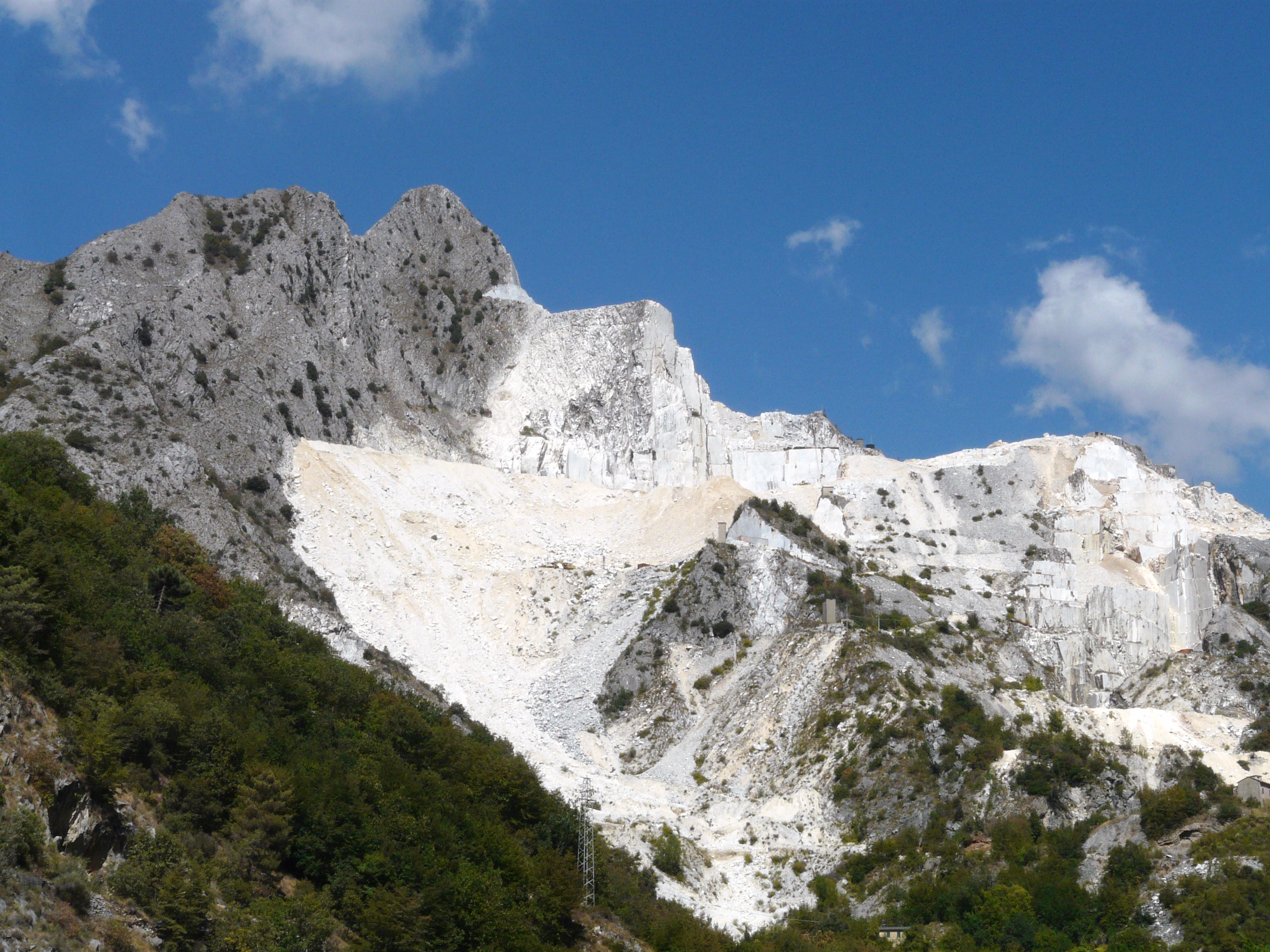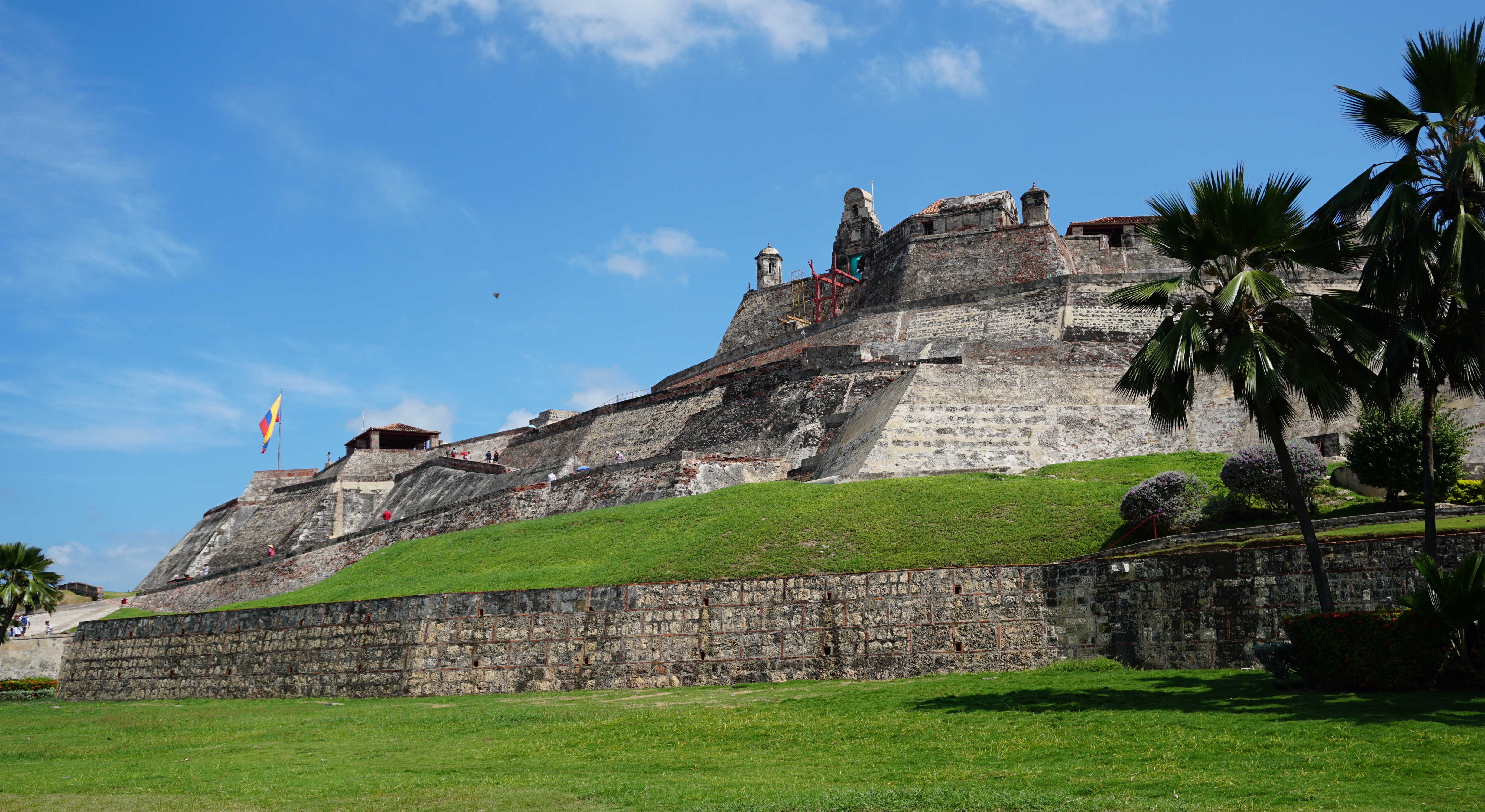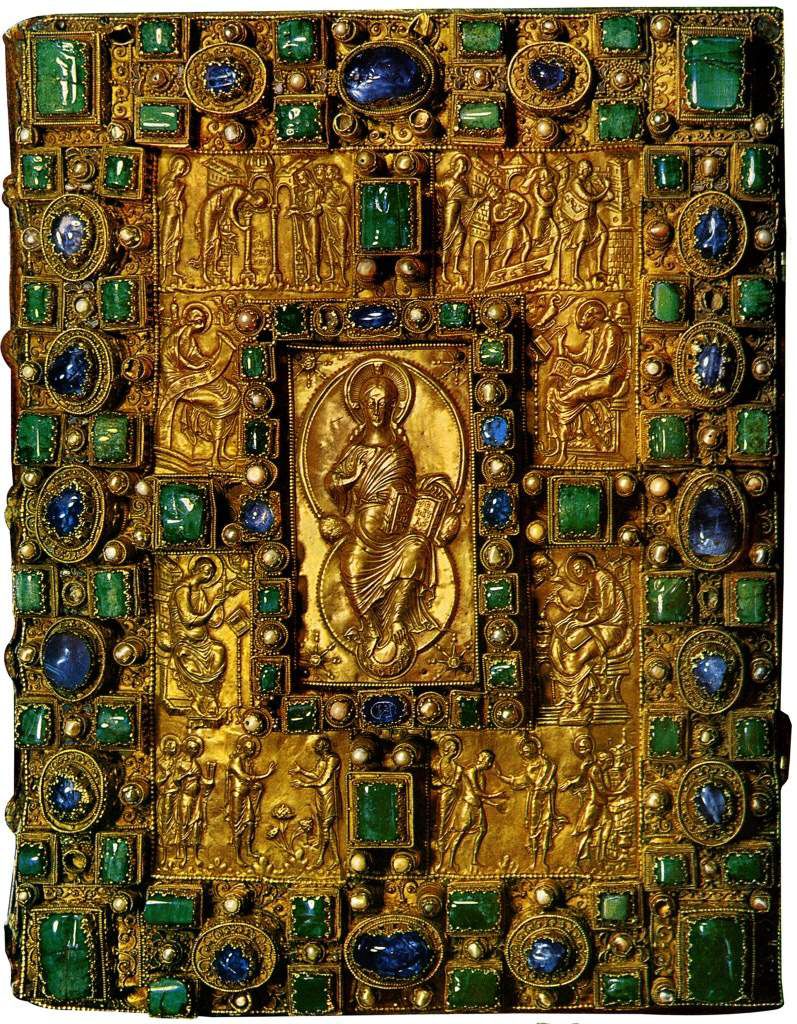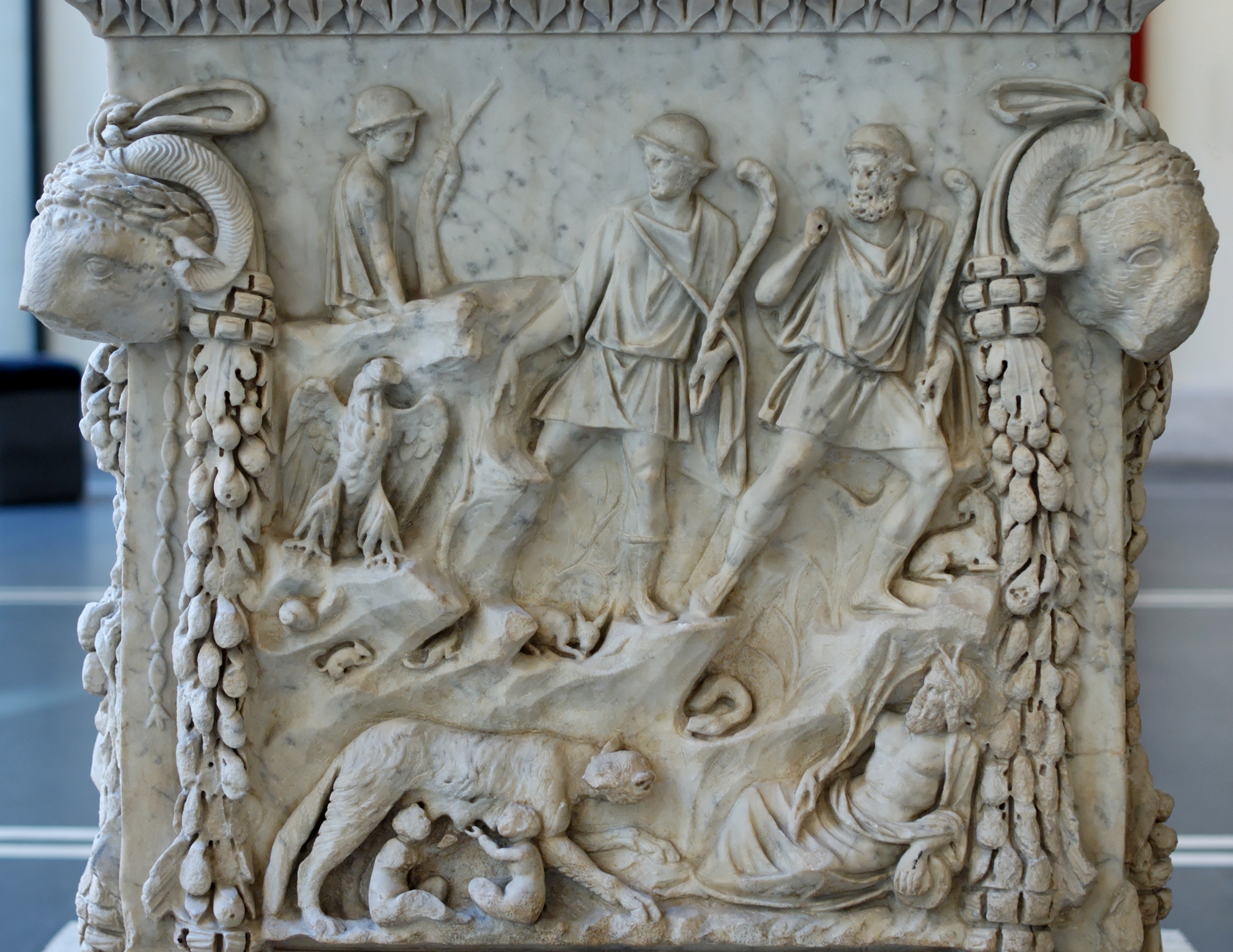|
Colosseum
The Colosseum ( ; it, Colosseo ) is an Ellipse, elliptical amphitheatre in the centre of the city of Rome, Italy, just east of the Roman Forum. It is the largest ancient amphitheatre ever built, and is still the largest standing amphitheatre in the world, despite its age. Construction began under the Emperor Vespasian () in 72 and was completed in AD 80 under his successor and heir, Titus (). Further modifications were made during the reign of Domitian (). The three emperors who were patrons of the work are known as the Flavian dynasty, and the amphitheatre was named the Flavian Amphitheatre ( la, Amphitheatrum Flavium; it, Anfiteatro Flavio ) by later classicists and archaeologists for its association with their family name (Flavia (gens), Flavius). The Colosseum is built of travertine#Uses, travertine limestone, tuff (volcanic rock), and brick-faced Roman concrete, concrete. It could hold an estimated 50,000 to 80,000 spectators at various points in its history, having an ... [...More Info...] [...Related Items...] OR: [Wikipedia] [Google] [Baidu] |
Palatine Hill
The Palatine Hill (; la, Collis Palatium or Mons Palatinus; it, Palatino ), which relative to the seven hills of Rome is the centremost, is one of the most ancient parts of the city and has been called "the first nucleus of the Roman Empire." The site is now mainly a large open-air museum while the Palatine Museum houses many finds from the excavations here and from other ancient Italian sites. Imperial palaces were built there, starting with Augustus. Before imperial times the hill was mostly occupied by the houses of the rich. The hill originally had two summits separated by a depression; the highest part was called Palatium and the other Germalus (or Cermalus). Using the Forma Urbis Romae, Forma Urbis its perimeter enclosed ; while the Regionary Catalogues of the 4th century enclose . Etymology According to Livy (59 BC – AD 17) the Palatine hill got its name from the Arcadia (ancient region), Arcadian settlers from Pallantium, named from its founder Pallas of Arc ... [...More Info...] [...Related Items...] OR: [Wikipedia] [Google] [Baidu] |
Travertine
Travertine ( ) is a form of terrestrial limestone deposited around mineral springs, especially hot springs. It often has a fibrous or concentric appearance and exists in white, tan, cream-colored, and even rusty varieties. It is formed by a process of rapid precipitation of calcium carbonate, often at the mouth of a hot spring or in a limestone cave. In the latter, it can form stalactites, stalagmites, and other speleothems. It is frequently used in Italy and elsewhere as a building material. Similar (but softer and extremely porous) deposits formed from ambient-temperature water are known as tufa. Definition Travertine is a sedimentary rock formed by the chemical precipitation of calcium carbonate minerals from fresh water, typically in springs, rivers, and lakes; that is, from surface and ground waters. In the broadest sense, travertine includes deposits in both hot and cold springs, including the porous, spongy rock known as tufa, and also the cave features known as speleot ... [...More Info...] [...Related Items...] OR: [Wikipedia] [Google] [Baidu] |
New 7 Wonders Of The World
The New 7 Wonders of the World was a campaign started in 2000 to choose Wonders of the World from a selection of 200 existing monuments. The popularity poll via free Web-based voting and small amounts of telephone voting was led by Canadian-Swiss Bernard Weber and organized by the New 7 Wonders Foundation (N7W) based in Zurich, Switzerland, with winners announced on 7 July 2007 in Lisbon, at Estádio da Luz. The poll was considered unscientific partly because it was possible for people to cast multiple votes. According to John Zogby, founder and current President/CEO of the Utica, New York-based polling organization Zogby International, New 7 Wonders Foundation drove "the largest poll on record". The program drew a wide range of official reactions. Some countries touted their finalist and tried to get more votes cast for it, while others downplayed or criticized the contest. [...More Info...] [...Related Items...] OR: [Wikipedia] [Google] [Baidu] |
Imperial Rome
The Roman Empire ( la, Imperium Romanum ; grc-gre, Βασιλεία τῶν Ῥωμαίων, Basileía tôn Rhōmaíōn) was the post-Republican period of ancient Rome. As a polity, it included large territorial holdings around the Mediterranean Sea in Europe, North Africa, and Western Asia, and was ruled by emperors. From the accession of Caesar Augustus as the first Roman emperor to the military anarchy of the 3rd century, it was a Principate with Italia as the metropole of its provinces and the city of Rome as its sole capital. The Empire was later ruled by multiple emperors who shared control over the Western Roman Empire and the Eastern Roman Empire. The city of Rome remained the nominal capital of both parts until AD 476 when the imperial insignia were sent to Constantinople following the capture of the Western capital of Ravenna by the Germanic barbarians. The adoption of Christianity as the state church of the Roman Empire in AD 380 and the fall of the Western R ... [...More Info...] [...Related Items...] OR: [Wikipedia] [Google] [Baidu] |
Spolia
''Spolia'' (Latin: 'spoils') is repurposed building stone for new construction or decorative sculpture reused in new monuments. It is the result of an ancient and widespread practice whereby stone that has been quarried, cut and used in a built structure is carried away to be used elsewhere. The practice is of particular interest to historians, archaeologists and architectural historians since the gravestones, monuments and architectural fragments of antiquity are frequently found embedded in structures built centuries or millennia later. The archaeologist Philip A. Barker gives the example of a late Roman period (probably 1st-century) tombstone from Wroxeter that could be seen to have been cut down and undergone weathering while it was in use as part of an exterior wall and, possibly as late as the 5th century, reinscribed for reuse as a tombstone. Overview The practice was common in late antiquity. Entire obsolete structures, including underground foundations, are known to h ... [...More Info...] [...Related Items...] OR: [Wikipedia] [Google] [Baidu] |
Quarry
A quarry is a type of open-pit mining, open-pit mine in which dimension stone, rock (geology), rock, construction aggregate, riprap, sand, gravel, or slate is excavated from the ground. The operation of quarries is regulated in some jurisdictions to reduce their environmental impact. The word ''quarry'' can also include the underground quarrying for stone, such as Bath stone. Types of rock Types of rock extracted from quarries include: *Chalk *China clay *Scoria, Cinder *Clay *Coal *Construction aggregate (sand and gravel) *Coquina *Diabase *Gabbro *Granite *Gritstone *Gypsum *Limestone *Marble *Ores *Phosphate rock *Quartz *Sandstone *Slate *Travertine Stone quarry Stone quarry is an outdated term for mining construction rocks (limestone, marble, granite, sandstone, etc.). There are open types (called quarries, or open-pit mines) and closed types (Mining, mines and caves). For thousands of years, only hand tools had been used in quarries. In the 18th century, th ... [...More Info...] [...Related Items...] OR: [Wikipedia] [Google] [Baidu] |
Fortress
A fortification is a military construction or building designed for the defense of territories in warfare, and is also used to establish rule in a region during peacetime. The term is derived from Latin ''fortis'' ("strong") and ''facere'' ("to make"). From very early history to modern times, defensive walls have often been necessary for cities to survive in an ever-changing world of invasion and conquest. Some settlements in the Indus Valley civilization were the first small cities to be fortified. In ancient Greece, large stone walls had been built in Mycenaean Greece, such as the ancient site of Mycenae (famous for the huge stone blocks of its ' cyclopean' walls). A Greek '' phrourion'' was a fortified collection of buildings used as a military garrison, and is the equivalent of the Roman castellum or English fortress. These constructions mainly served the purpose of a watch tower, to guard certain roads, passes, and borders. Though smaller than a real fortress, the ... [...More Info...] [...Related Items...] OR: [Wikipedia] [Google] [Baidu] |
Early Middle Ages
The Early Middle Ages (or early medieval period), sometimes controversially referred to as the Dark Ages, is typically regarded by historians as lasting from the late 5th or early 6th century to the 10th century. They marked the start of the Middle Ages of European history, following the decline of the Western Roman Empire, and preceding the High Middle Ages ( 11th to 13th centuries). The alternative term '' late antiquity'', for the early part of the period, emphasizes elements of continuity with the Roman Empire, while ''Early Middle Ages'' is used to emphasize developments characteristic of the earlier medieval period. The period saw a continuation of trends evident since late classical antiquity, including population decline, especially in urban centres, a decline of trade, a small rise in average temperatures in the North Atlantic region and increased migration. In the 19th century the Early Middle Ages were often labelled the ''Dark Ages'', a characterization base ... [...More Info...] [...Related Items...] OR: [Wikipedia] [Google] [Baidu] |
Naumachia
The naumachia (in Latin , from the Ancient Greek /, literally "naval combat") in the Ancient Roman world referred to both the staging of naval battles as mass entertainment, and the basin or building in which this took place. Early The first known was given by Julius Caesar in Rome in 46 BC on occasion of his quadruple triumph. After having a basin dug near the Tiber, capable of holding actual biremes, triremes and quinqueremes, he made 2000 combatants and 4000 rowers, all prisoners of war, fight. In 2 BC for the inauguration of the Temple of Mars Ultor (" Mars the Avenger"), Augustus gave a grander based on Caesar's model. This naumachia depicted a battle between the Greeks and the Persians and required a basin that was 400 by 600 yards, which was created straddling the Tiber. '' Res Gestæ'' (§ 23) claimed that 3000 men, not counting rowers, fought in 30 vessels with rams and several smaller boats. In 52 AD Claudius gave what was possibly the most "epic" of these on ... [...More Info...] [...Related Items...] OR: [Wikipedia] [Google] [Baidu] |
Roman Mythology
Roman mythology is the body of myths of ancient Rome as represented in the literature and visual arts of the Romans. One of a wide variety of genres of Roman folklore, ''Roman mythology'' may also refer to the modern study of these representations, and to the subject matter as represented in the literature and art of other cultures in any period. Roman mythology draws from the mythology of the Italic peoples and ultimately from Proto-Indo-European mythology. Roman mythology also draws directly on Greek mythology, potentially as early as Rome's protohistory, but primarily during the Hellenistic period of Greek influence and through the Roman conquest of Greece, via the artistic imitation of Greek literary models by Roman authors. The Romans identified their own gods with those of the ancient Greeks—who were closely historically related in some cases, such as Zeus and Jupiter—and reinterpreted myths about Greek deities under the names of their Roman counterparts. Gr ... [...More Info...] [...Related Items...] OR: [Wikipedia] [Google] [Baidu] |
Venatio
Venatio ( la, venatio, "hunting", plural ''venationes'') was a type of entertainment in Ancient Rome, Roman amphitheaters involving the hunting and killing of wild animals. History Venatio was first introduced by Marcus Fulvius Nobilior (consul 189 BC), Marcus Fulvius Nobilior, who celebrated his Greek campaign by hosting games where gladiators would fight lions and panthers. He was possibly inspired by Alexander the Great's purported pastime of pitting lions against both men and dogs. Exotic wild beasts from the far reaches of the Roman Empire were brought to Rome and hunts were held in the morning prior to the afternoon main event of gladiatorial duels. The hunts were held in the Roman Forum, the Saepta, and in the Circus Maximus, though none of these venues offered protection to the crowd from the wild animals on display. Special precautions were taken to prevent the animals from escaping these venues, such as the erection of barriers and the digging of ditches. Very few anim ... [...More Info...] [...Related Items...] OR: [Wikipedia] [Google] [Baidu] |
Roman Empire
The Roman Empire ( la, Imperium Romanum ; grc-gre, Βασιλεία τῶν Ῥωμαίων, Basileía tôn Rhōmaíōn) was the post- Republican period of ancient Rome. As a polity, it included large territorial holdings around the Mediterranean Sea in Europe, North Africa, and Western Asia, and was ruled by emperors. From the accession of Caesar Augustus as the first Roman emperor to the military anarchy of the 3rd century, it was a Principate with Italia as the metropole of its provinces and the city of Rome as its sole capital. The Empire was later ruled by multiple emperors who shared control over the Western Roman Empire and the Eastern Roman Empire. The city of Rome remained the nominal capital of both parts until AD 476 when the imperial insignia were sent to Constantinople following the capture of the Western capital of Ravenna by the Germanic barbarians. The adoption of Christianity as the state church of the Roman Empire in AD 380 and the fall of th ... [...More Info...] [...Related Items...] OR: [Wikipedia] [Google] [Baidu] |
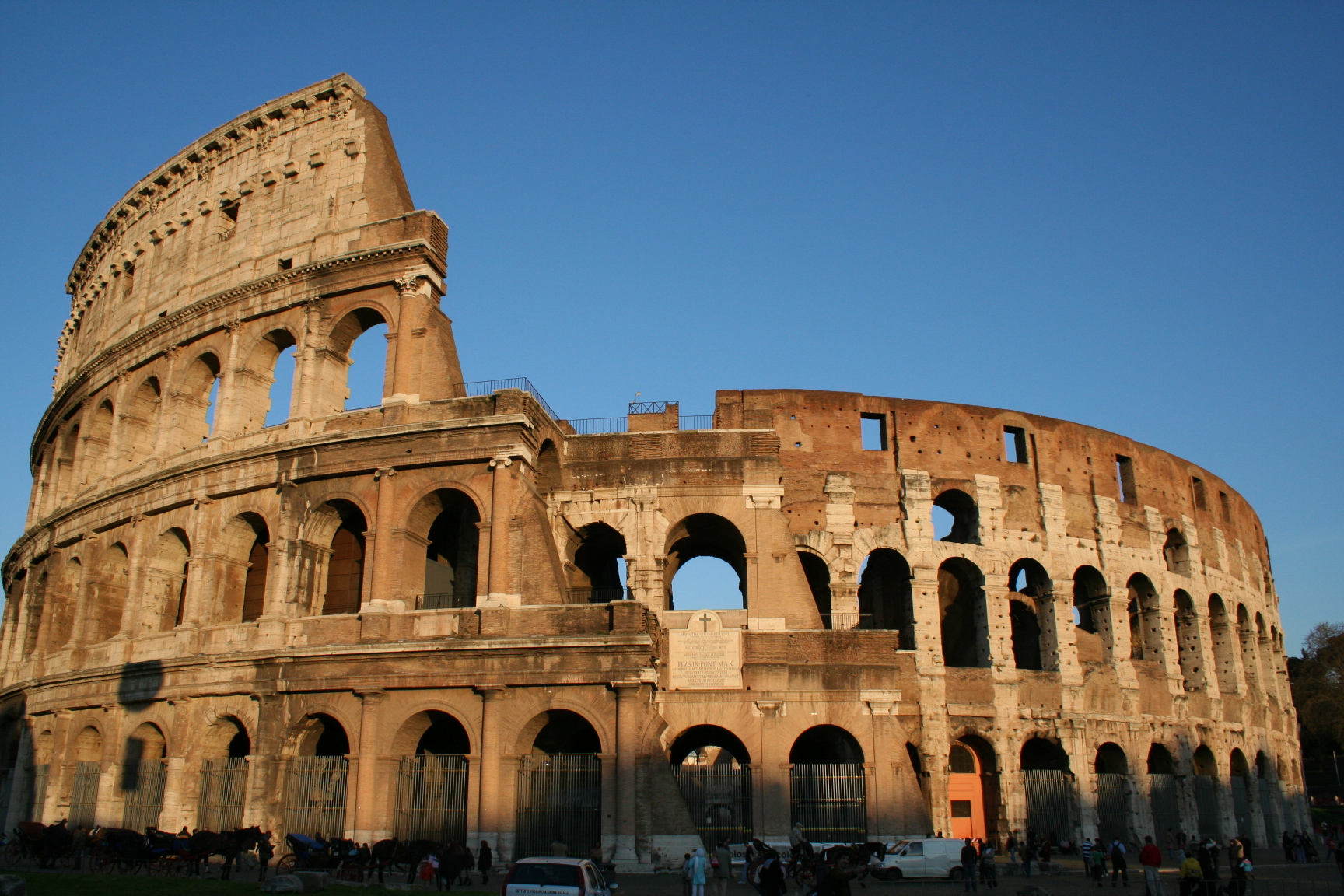


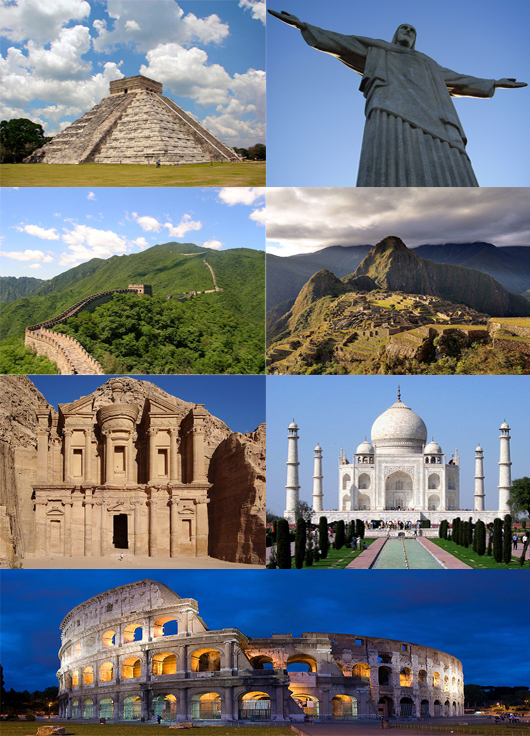

.jpg)
